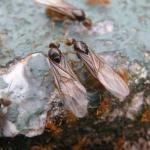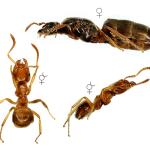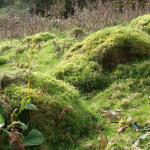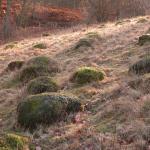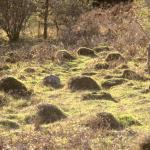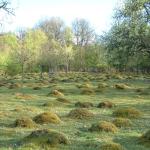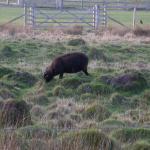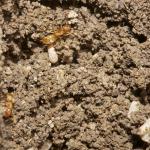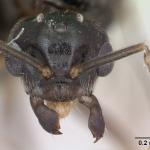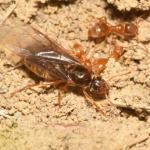Lasius flavus is a small yellow ant best known for its long lasting mounds in undisturbed grassland and meadows.
One of the commonest ant species, and recorded throughout Britain.
Worldwide found in North America to Japan and from North Africa to the Arctic.
This species is not regarded as being scarce or threatened.
Found in a wide range of open sunny habitats including grassland, parks, gardens, edges of woods and clearings. In undisturbed habitats large numbers of mounds can be present.
Flights have been recorded from late July to August.
Nests can be founded by groups of queens or by single queens, but established nests normally have only a single queen. In dense populations some nests can be polygynous and a few polydomous spreading over two or more mounds (Steinmeyer et al 2012). Nests are built in soil, sometimes started under stones and if undisturbed a substantial mound can be raised that may last for many years and often having its own flora. Nest can also be found under stones and in almost any suitable grassland.
Lasius flavus workers are rarely seen above ground. They feed on small insects and the honeydew of root-feeding aphids.
No data available
2017


